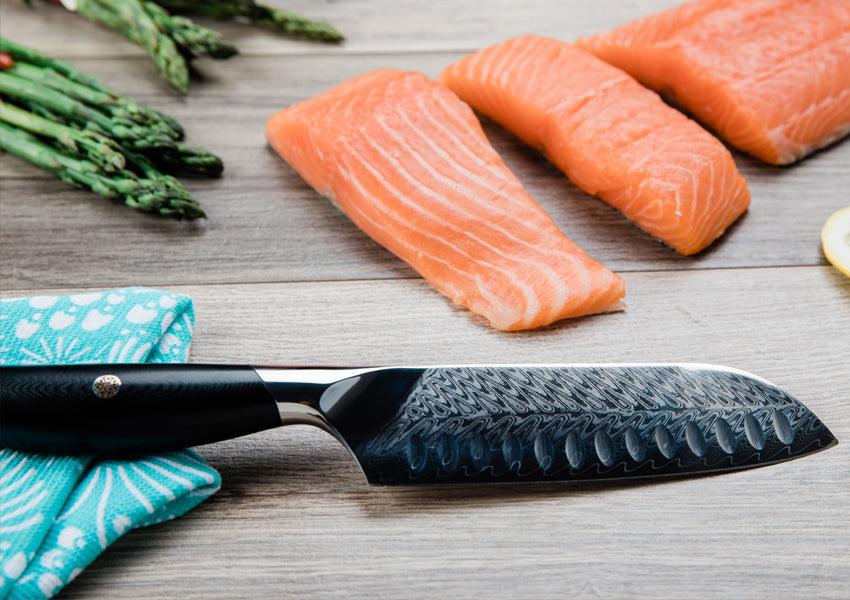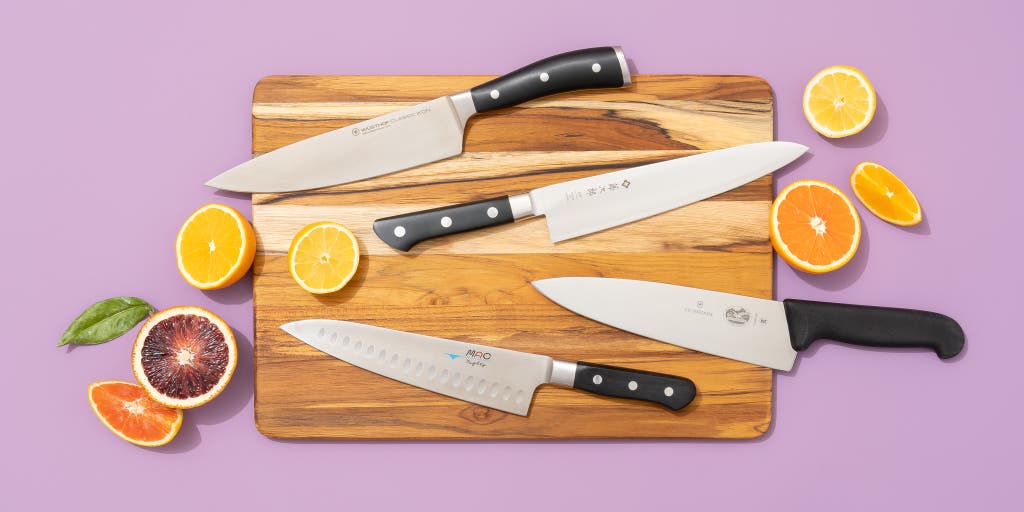In every kitchen, whether at home or in a professional setting, knowing when must a knife be cleaned and sanitized is essential. Kitchen enthusiasts and culinary professionals alike recognize the importance of maintaining cleanliness and hygiene, ensuring that food preparation is always safe and efficient.

Why is Knife Cleaning Important?
A knife is one of the most frequently used tools in the kitchen. After repeated use, it can easily become a breeding ground for bacteria, cross-contamination, and foodborne illnesses. Proper cleaning and sanitizing ensure that you keep your kitchen safe and maintain the quality of your knives.
Risks of an Unsanitized Knife
Failing to clean and sanitize your knife can lead to serious health risks. Bacteria and germs can thrive on the surface of the knife, transferring to different foods and potentially causing illness. This can be particularly dangerous when handling raw meats, seafood, and vegetables that are consumed raw.

Basic Guidelines: When Must a Knife Be Cleaned and Sanitized?
Cleaning and sanitizing your knife should become second nature, much like washing your hands. Here are some critical instances when a knife requires attention:
- After Cutting Raw Meat, Poultry, or Seafood: These foods often carry harmful bacteria that can be easily transferred to other foods.
- Between Cutting Different Types of Food: To prevent cross-contamination, always clean your knife before switching from meats to vegetables or fruits.
- After Each Use: Regular cleaning after each cutting session ensures no residual food particles remain on the blade, harboring bacteria.
- When Switching Between Raw and Cooked Foods: This is crucial to avoid transferring pathogens from raw to cooked foods that are ready to eat.

Step-by-Step Knife Cleaning Process
Understanding how to properly clean and sanitize your knife is as important as knowing when to do it. Here’s a step-by-step process:
Step 1: Rinsing
Start by rinsing the knife under warm water to remove any visible food particles or debris. This initial step helps in loosening any stubborn residues.
Step 2: Washing
Using a mild dish soap and a soft sponge, gently scrub the blade and handle. Ensure you reach all the nooks and crannies where food particles might be hiding. Pay special attention to the handle, as it too can harbor bacteria.
Step 3: Sanitizing
Sanitizing involves using a solution to kill bacteria and germs. You can make a simple sanitizing solution by mixing a tablespoon of bleach with a gallon of water. Immerse the knife in this solution for a few minutes, then rinse it thoroughly with clean water.
Step 4: Drying
Dry your knife with a clean towel or cloth to prevent any water spots. It’s best to store it properly to maintain its sharpness and hygiene.

Tips for Maintaining Knife Hygiene
Maintaining knife hygiene goes beyond cleaning and sanitizing. Here are some helpful tips:
1. Use Separate Cutting Boards
Using separate cutting boards for different types of food (e.g., meats, vegetables, and fruits) can minimize cross-contamination.
2. Regular Sharpening
Keep your knives sharp. A dull knife requires more force to use, increasing the risk of slipping and injuring yourself. Regular sharpening also helps in maintaining hygiene as it makes cleaning easier.
3. Avoid Using a Dishwasher
While dishwashers can sanitize, they can also damage knives due to their high temperatures and harsh detergents. Hand washing is recommended to prolong the knife’s life.
4. Proper Storage
Store your knives in a knife block, magnetic strip, or a sheath to protect the blades from damage and reduce the risk of accidents.
Common Misconceptions About Knife Cleaning
Several misconceptions surround the cleaning and sanitizing of knives. Let’s debunk some:
Myth 1: Rinsing is Enough
Rinsing a knife might remove visible stains, but it doesn’t eliminate bacteria. Proper washing and sanitizing are crucial for complete hygiene.
Myth 2: All Soaps are Safe for Knives
Harsh detergents can corrode the knife’s material and affect its performance. Always use a mild dish soap for cleaning knives.
Conclusion: The Importance of Knife Hygiene in the Kitchen
Ultimately, understanding when must a knife be cleaned and sanitized can prevent many kitchen mishaps and health issues. From avoiding cross-contamination to maintaining the longevity of your tools, consistent and thorough knife hygiene is a fundamental practice.
By paying attention to the basic guidelines and following the cleaning steps outlined, you can ensure that your knives remain safe, sharp, and efficient. Your kitchen will not only operate more smoothly, but it will also be a safer place for preparing all your culinary delights.
FAQs
1. Can I use any soap to clean my knives?
It’s best to use mild dish soaps to clean knives. Harsh detergents may damage the knife’s material over time.
2. How often should I sanitize my knife?
Sanitize your knife after each use, especially when switching between different types of foods or after cutting raw meat.
3. Can I sanitize my knife with just hot water?
Hot water is beneficial for cleaning, but for sanitizing, it’s recommended to use a diluted bleach solution or a commercial sanitizing agent.
As an Amazon Associate, I earn from qualifying purchases.


